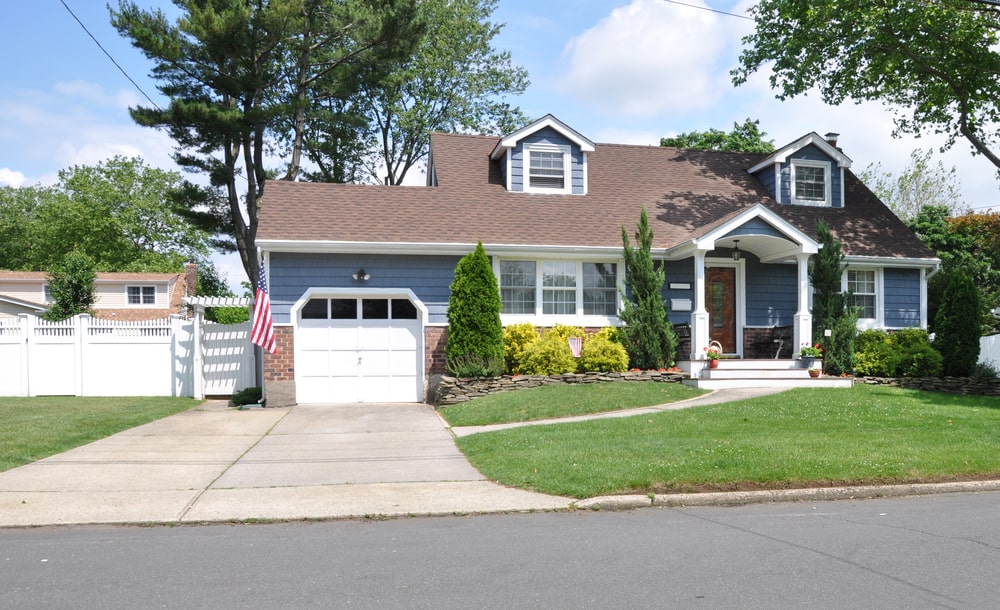
“As an investment, landscaping can increase the value of your property by as much as 20 percent–if it is done well.” — This Old House magazine
“Spending 5 percent of the total value of your home on landscaping, and doing it wisely, can add 15 percent or more to the value of your home.” — Smart Money magazine
According to a joint study by Clemson University and the University of Maryland, potential homebuyers will pay up to 11.3 percent above the asking price for homes with thoughtfully designed landscaping. Mid-Valley Sunday (Corvallis, OR)
Homes with nice landscaping are likely to see sale prices that are 4 percent to 5 percent higher compared to similar properties in the neighborhood, according to the Guide for Plant Appraisal, published by the International Society of Arboriculture. And homes with landscapes that are not as nice as others in the neighborhood could see sales prices that are 8 percent to 10 percent lower. Eighty-four percent of the real estate agents interviewed for the study said a house with trees would be as much as 20 percent more sellable than a house without trees. Baltimore Sun
According to a MONEY magazine story on home renovations, “not all improvements will increase the value of a house by the amount they cost to perform.” Landscaping, however, according to their research, has a recovery value of 100% to 200% “if it is well done and harmonizes with foliage nearby.” Money Magazine
According to a Gallup poll, homeowners polled feel that landscaping “adds almost 15% to the value of their property and that landscaping as an investment is one with lasting value.” According to this poll, 95% of residential homeowners believe that good landscaping adds value to their homes; 86% of commercial property owners feel the same about their commercial properties. Gallup Poll
Energy and Environmental benefits
In a windy site, a windbreak or shelterbelt planting can account for up to 50 percent wind reduction with a 20 to 40 percent reduction in heating fuel consumption. In a calmer spot, wind barriers can still reduce fuel use by 10 percent or more. A wind barrier that permits 50 to 60 percent wind penetration is more effective than a solid barrier because it provides a larger area of protection on the leeward side. Evergreen conifers (needle-leaf trees) are a perfect barrier to winter winds.
Well-placed trees and shrubs can also help cut air conditioning costs. Trees, shrubs, ground covers, and grass affect solar radiation more than structural devices, such as awnings. Deciduous plants drop their leaves in winter and have the advantage of allowing sunlight to reach buildings in the winter for warmth, yet providing shade during the summer.
Shade trees can significantly reduce air temperatures indoors in the summer, as trees intercept and soak up the sun’s heat while transpiring cooling moisture into the air. Air-conditioners run much less in a house shaded by trees than they do in a house with a sunbaked roof and walls. Shade trees should be planted mainly to the south and west sides of the house. The placement of shrubs around an outdoor condenser or heat pump also saves energy.
Planting for energy savings combines well with other commonly recognized landscaping benefits. A windbreak provides privacy and noise deflection, in addition to wind and snow diversion. Shade trees beautify the yard and provide a habitat for local wildlife, as well as protecting you and your home from sun and wind. Healthy, well- maintained trees and shrubs increase the value of your property overall. Reducing lawn areas can also save energy. By planting ground covers or understory shrubs, less mowing is required. Plus, if drought-tolerant plants are used, water use can be significantly reduced. Virginia Cooperative Extension
Some additional benefits of landscaping include:
- Trees can buffer unpleasant highway or industrial noises.
- The benefits of plants to air quality, absorbing carbon dioxide and producing oxygen, are well documented. The “green” movement begins with landscaping.
- Plants are used to control erosion, eliminating loss of topsoil and reducing sediment and pollution in nearby waterways.
- Gardens can be designed to attract wildlife such as butterflies and hummingbirds.

